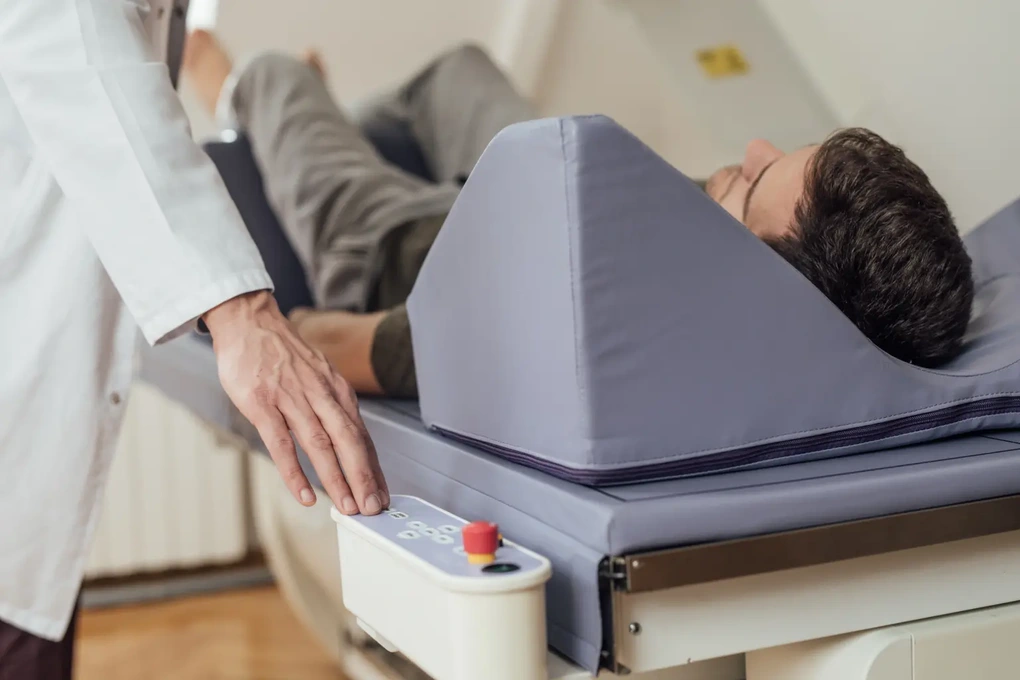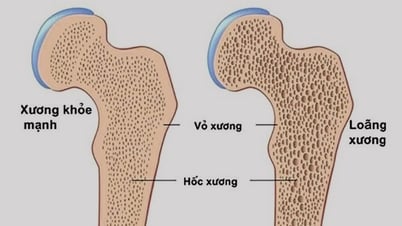
Microplastics enter our bodies in many different ways (Photo: Adobe).
These tiny pieces of plastic, which have been shown to cause reproductive, digestive and respiratory health problems, have the potential to lead to colon and lung cancer.
A new analysis by Brazilian researchers suggests that microplastics may also have a variety of effects on bones, potentially leading to weakening, deformity and fractures.
Professor Rodrigo Bueno de Oliveira, Coordinator of the Bone and Mineral Research Laboratory at the Department of Nephrology, University of Campinas, Brazil, said: "The potential impact of microplastics on bone is the subject of scientific research and cannot be ignored.
For example, in vitro studies with bone tissue cells have shown that microplastics impair cell viability, accelerate aging, and alter cell differentiation, in addition to promoting inflammation.”
Scientific studies show that the effect on osteoclasts, special cells that function to break down old or damaged bone to make room for new bone tissue, can accelerate the aging process of osteoblasts, interrupting the natural bone regeneration cycle and weakening bones.

In this photo, a medical technician operates a bone density machine on a patient. It is important to take care of our bones as we age (Photo: Adobe).
“What is most surprising is that a significant body of research shows that microplastics can penetrate deep into bone tissue, such as bone marrow, and potentially disrupt bone metabolism,” said Professor Oliveira. The findings were recently published in the journal Osteoporosis International.
The researchers plan to delve deeper into the effects of microplastics on femur strength in rodents and see how these results might apply to humans.
Osteoporosis, which causes bones to become weak, brittle and more likely to break, is becoming more common due to an aging population and the rise of obesity, diabetes and sedentary lifestyles.
“Although metabolic bone diseases are well understood, we still lack knowledge about the influence of microplastics on the development of these diseases,” said Professor Oliveira. “One of our aims was therefore to provide evidence that microplastics could be a controllable environmental cause to explain, for example, the expected increase in fractures.”
Source: https://dantri.com.vn/khoa-hoc/vi-nhua-co-the-xam-nhap-sau-vao-mo-xuong-gay-anh-huong-den-suc-khoe-ra-sao-20250922040025224.htm




![[Photo] Prime Minister Pham Minh Chinh chaired a meeting of the Steering Committee on the arrangement of public service units under ministries, branches and localities.](https://vphoto.vietnam.vn/thumb/1200x675/vietnam/resource/IMAGE/2025/10/06/1759767137532_dsc-8743-jpg.webp)
![[Photo] Prime Minister Pham Minh Chinh chairs a meeting of the Government Standing Committee to remove obstacles for projects.](https://vphoto.vietnam.vn/thumb/1200x675/vietnam/resource/IMAGE/2025/10/06/1759768638313_dsc-9023-jpg.webp)

































































































Comment (0)